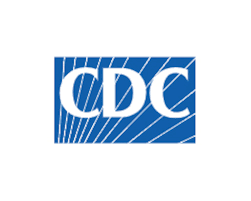Public health professionals are constantly searching for the most effective ways to improve health outcomes and advance health equity. The Community Guide, or The Guide to Community Preventive Services, is a trusted resource that provides evidence-based recommendations to help achieve these goals. It’s a treasure trove of systematic reviews and strategies that can guide county and state health departments in their mission to foster healthier communities.
The Guide to Community Preventive Services
The Community Guide is particularly valuable for its rigorous approach to evaluating public health interventions. It categorizes evidence into three levels: Strong Evidence, Sufficient Evidence, and Insufficient Evidence.
Strong Evidence means an intervention has been thoroughly evaluated and consistently shown to be effective. Health departments can confidently implement these strategies, knowing they are backed by solid research. For instance, tobacco cessation programs with strong evidence have been shown to significantly reduce smoking rates, leading to better health outcomes.
Sufficient Evidence means that while an intervention is effective, more research could further confirm its impact. These interventions are still useful and can be considered as part of a comprehensive health strategy. For example, certain community-based physical activity programs might fall into this category, suggesting they are beneficial but could benefit from further study.
Insufficient Evidence points to areas where the current research is either lacking or of lower quality. This doesn’t mean the intervention isn’t effective, but rather that more information is needed. Health departments might approach these strategies with caution, potentially using them in a pilot phase to gather more local data.
County and state health departments can use The Community Guide to find and tailor their public health initiatives to the specific needs of their populations. By focusing on interventions with strong or sufficient evidence, they can ensure their efforts are not only effective but also fair.
Because the Guide includes the strengths and weaknesses of the evidence of various interventions, it allows top leadership to make the case to their county managers and boards of supervisors of the need for policy changes or financial resources – providing key information they can use to estimate a return on investment for the intervention(s).
For example, if a health department is addressing childhood obesity, they can find evidence-based interventions such as school-based physical activity programs or nutritional guidelines and adapt these to their local context.
It’s regularly updated with new reviews and recommendations, ensuring that users have access to the most current and relevant information. This is crucial for addressing emerging health issues and adapting to changing community needs.
In short – The Community Guide is a valuable resource that helps public health professionals at all levels of an organization to stay informed about the latest research and trends.


